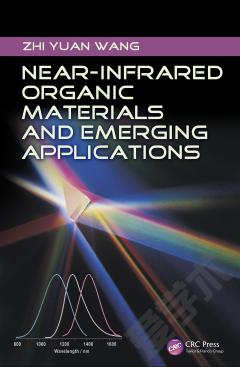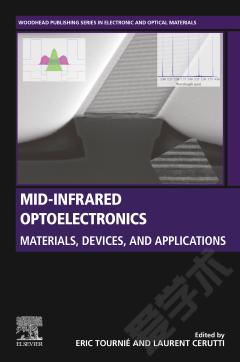Near-Infrared Organic Materials and Emerging Applications
Introduction Color and near-infrared light Types of NIR materials Current uses of and needs for NIR materials References Molecular design and energy gap tuning Effect of conjugation length Effect of bond length alternation Effect of donor-acceptor charge transfer Other effects References Near-infrared organic compounds NIR compounds containing rylene chromophores NIR compounds containing polymethine and meropolymethine chromophores NIR compounds containing donor-acceptor chromophores NIR compounds containing metal complex chromophores Selective NIR-absorbing compounds References Near-infrared absorbing polymers Nonconjugated NIR-absorbing polymers Conjugated quinoid type polymers Conjugated dye-containing polymers Donor-acceptor conjugated polymers References Emerging applications of near-infrared organic materials Applications based on NIR-absorbing property Applications based on NIR chromogenic property Photovoltaic applications using NIR organic materials Transistor applications using low band-gap polymers Applications based on NIR fluorescent property References Index
{{comment.content}}








 京公网安备 11010802027623号
京公网安备 11010802027623号